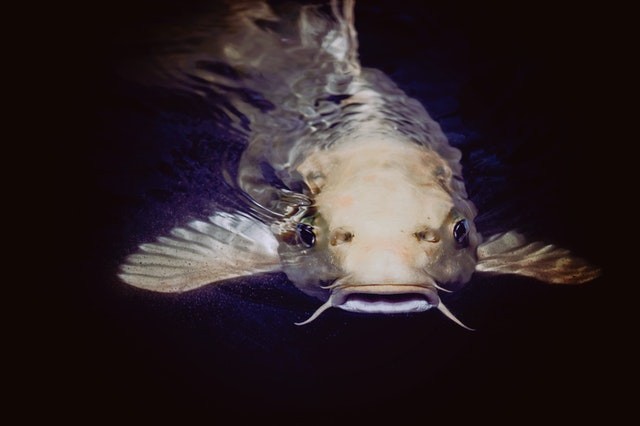Polishing records of anatomical descriptions, vocal accounts, and sound recordings, Cornell University ecologist Aaron Rice and colleagues were able to identify physiological features that enable Actinopterygii or ray-finned groups of fishes to make noises minus their vocal cords.
According to a ScienceAlert report, the group contains over 34,000 living fish species. This report also specified that all manner of chirps, deep trombone moans, and croaks are permeating the waters of Earth, just like "the cacophony of sounds" filling its forest air.
For instance, reefs are surprisingly noisy sites, and many noisemakers are fish. Rice explained that some fish had been known for a long time for making sounds, although fish sounds were always believed to be rare oddities.
It was likely supposed fish depended mainly on other means of communication, from body language and color signals to electricity. However, recent findings have demonstrated fish even have dusk and dawn choruses, just like birds.
ALSO READ: Omnivorous Fish With Human-Like Teeth Reportedly Reeled in North Carolina: Is This Real or Fake?

Researchers cautioned that some fish groups were chattier than others, with catfish and toadfish among the most talkative groups.
'Fishes Have Voices, Too!'
According to Andrew Bass, Cornell evolutionary neuroscientist Andrew Bass said fish have probably been overlooked because they are not easily seen or heard.
More so, he added, the science of underwater acoustic communication is mainly focused on dolphins and whales, "but fishes have voices too,"
Rice, on the other hand, said some of these fish sound like the most wonderful foghorns. They can grind their teeth or create a movement noise in the water, and so, a number of specializations involved have been observed, he continued explaining.
Perhaps, the most common adaptations are muscles linked to swimming bladders, he added continuing, the swim bladder muscles of the toadfish are the quickest contacting vertebrate skeletal muscles. These are high-performing alterations.
Fish-Speak Appeared 155 Million Years Ago
The study published in Ichthyology & Herpetology showed that out of more than 170 families of fishes, two-thirds were likely to communicate with sound, much more talkative ones compared to the one-fifth estimated in the past.
The analysis proposes such vocal communications may have developed independently about 33 times in fish.
What's more is that the so-called fish-speak appeared approximately 155 million years ago, which interestingly happens to be roughly the same time evidence is suggesting land animals with backbones first vocalized as well, animals that humans eventually evolved from.
In their paper, the study authors wrote their results strongly back the hypotheses that "soniferous behavior" is prehistoric. Together, such findings emphasize the strong selection pressure that favors the evolution of this character throughout vertebrate lineages.
Most Talkative Fish Groups
The research team cautioned that some fish groups were chattier than others, with catfish and toadfish among the most talkative groups.
Rice's team cautioned, though, that their analysis is only showing the presence of vocalizing fish instead of the "presence of absence," it may only be that they just haven't listened hard enough to hear the other groups out yet.
They're trying to point out that fish are, perhaps, chattering around food, warnings of danger, and social events, among others.
Some researchers have even been attempting to use fish songs as an underwater siren call to signal fish back to revitalizing coral reefs, a similar Physics-Astronomy report specified.
Fish are doing everything, said Rice. They fly, eat anything and everything, and they breathe air. At this point, he added, nothing would surprise him about fishes, including the sounds they can produce.
Related information about fish-speak is shown on 90 Second Studies' YouTube video below:
RELATED ARTICLE: Zebrafish Can Predict Future Danger; New Study Reveals They've Learned to Escape the Peril in Virtual Reality
Check out more news and information on Fish on Science Times.














